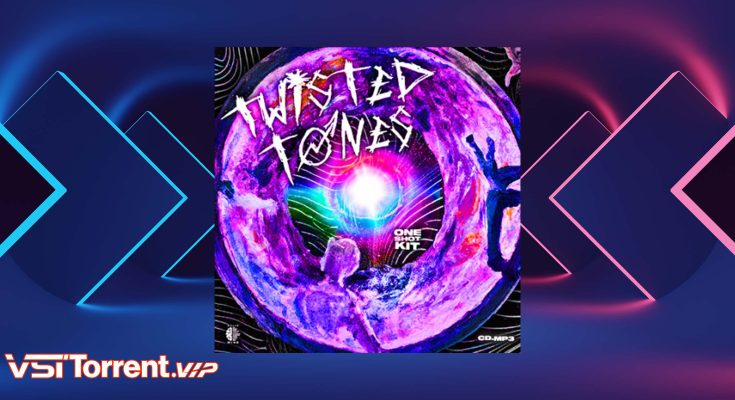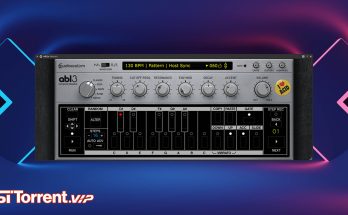CD.MP3 Twisted Tones (WAV)
In today’s digital age, where music is omnipresent and easily accessible, it’s easy to take for granted the journey that sound formats have undergone. From the emergence of Compact Discs (CDs) to the revolutionary MP3 format, and now to the nuanced world of Twisted Tones (WAV), each iteration has left its mark on the way we experience music. Let’s delve into the evolution of these formats and explore their impact on the music industry and consumer culture.

The Rise of CD and Its Impact
The introduction of the Compact Disc (CD) marked a significant milestone in the history of audio technology. With its superior sound quality and durability compared to analog formats like cassette tapes and vinyl records, CDs quickly became the standard for music distribution. The digital nature of CDs also paved the way for innovations in audio recording and editing, revolutionizing the way music was produced.
However, despite its advantages, CD format also had its limitations. Physical storage constraints and the inability to easily transfer music files led to the rise of a new format that would change the music landscape forever: the MP3.
MP3: Revolutionizing Music Consumption
The emergence of the MP3 format in the late 20th century marked a paradigm shift in how music was consumed. MP3 files offered unparalleled accessibility and portability, allowing users to store thousands of songs on their computers or portable devices. This newfound convenience transformed the way people listened to music, enabling the rise of digital music libraries and online streaming services.
Yet, the proliferation of MP3 files also brought about challenges, particularly in terms of copyright infringement and piracy. The ease of sharing and distributing music online posed significant threats to the traditional music industry, prompting debates about intellectual property rights and digital piracy laws.
Exploring Twisted Tones (WAV)
Amidst the dominance of MP3 files, a lesser-known but equally significant format has been making waves in the realm of audio production: Twisted Tones (WAV). WAV files, known for their uncompressed and lossless audio quality, have become the preferred choice for professionals in the music industry. Unlike MP3 files, which utilize compression algorithms to reduce file size, WAV files preserve the original audio data, making them ideal for high-fidelity recording and editing.
WAV files are widely used in professional audio production, from recording studio sessions to sound design for film and television. Their uncompressed nature ensures maximum fidelity and accuracy, making them indispensable tools for audio engineers and producers striving for perfection in their craft.
Comparative Analysis: CD, MP3, and Twisted Tones (WAV)
When comparing CD, MP3, and WAV formats, several factors come into play. While CDs offer superior sound quality compared to MP3 files, they are limited by physical storage constraints and lack the portability of digital formats. MP3 files, on the other hand, prioritize convenience and accessibility but sacrifice some audio fidelity due to compression.
In contrast, WAV files maintain the highest possible audio quality but come with larger file sizes and storage requirements. The choice between these formats ultimately depends on the specific needs and preferences of the user, whether they prioritize sound quality, convenience, or compatibility across different devices.
The Future of Sound Formats
As technology continues to advance, the future of sound formats holds exciting possibilities. Emerging trends such as high-resolution audio and immersive sound experiences are reshaping the way we perceive and interact with music. Advancements in compression techniques and audio processing algorithms promise to deliver even higher levels of fidelity and immersion, blurring the lines between reality and virtuality.
Looking ahead, the evolution of sound formats will undoubtedly continue to shape the music industry and consumer culture. Whether it’s the convenience of MP3 files, the fidelity of WAV files, or the nostalgia of CDs, each format offers a unique listening experience that contributes to the rich tapestry of musical expression in the digital age.
Conclusion
In the ever-changing landscape of audio technology, the evolution of sound formats reflects the dynamic interplay between innovation and tradition. From the humble beginnings of CDs to the ubiquity of MP3 files and the precision of WAV files, each format has left an indelible mark on the way we create, consume, and experience music.
As we navigate the complexities of modern music culture, it’s essential to appreciate the diverse array of sound formats available to us. Whether we’re capturing a fleeting moment of inspiration in a WAV file or curating a playlist of beloved MP3s, each format offers its own unique blend of artistry and technology, enriching our lives in ways both profound and ephemeral.






